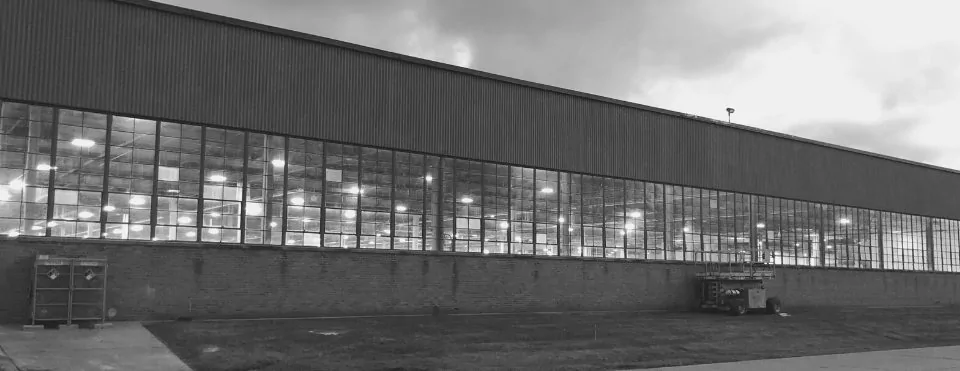How Does Daylighting Harvesting Work in LED Lighting Systems?
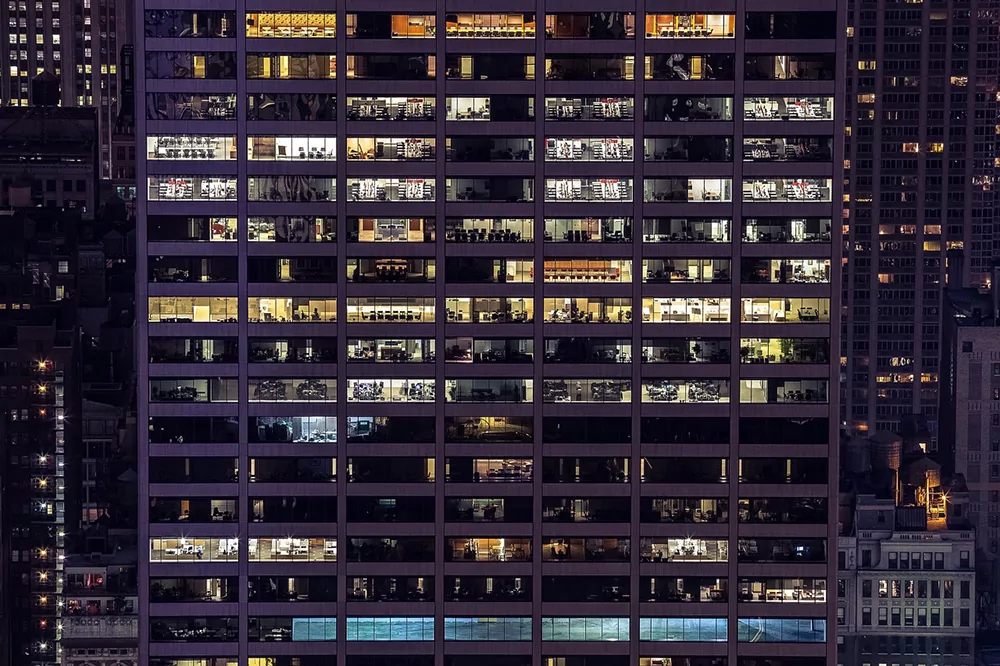
Aug 23 2023
Daylight Harvesting: A Guide to Energy-Efficient Lighting
Daylight harvesting is a control strategy that uses natural light to reduce the amount of electricly driven LED lighting required in a space. This can lead to significant energy savings, as well as a number of other benefits, such as improved occupant comfort and productivity. In this article, we will talk about how daylight harvesting works, why it is important, and how you can upgrade your lights to include this feature.
Similar to harvesting the energy from the sun for electricity, daylight harvesting is taking advantage of a natural abundant resource to light our internal spaces for commercial usage. While architecture can play a huge role in this to optimize, almost all buildings can use daylight harvesting. And the best part – the sensors do all the work so you just sit back and save.
How Does Daylight Harvesting Work?
Daylight harvesting systems use a combination of sensors, controls, and lighting fixtures to automatically adjust the amount of electric lighting in a space based on the availability of daylight. The sensors measure the amount of daylight entering the space, and the controls then dim or switch off the electric lights as needed.
Daylight harvesting is a clever way to utilize natural light and reduce your reliance on artificial lighting, saving energy and creating a more comfortable environment. Daylight harvesting is about doing less with more – using the natural environment instead of working against it. And there are so many benefits to doing so and being more aligned within your building to the outside world.
Natural light is also preferred by building occupants – as shown by qualitative and quantitative research over the years.
The Key Components of Daylight Harvesting
Light Sensors: These are the eyes of the system, strategically placed to measure the available natural light. There are two main types, open-loop sensors and closed-loop sensors. Open-loop sensors measure daylight only, typically positioned near windows or skylights in a building. Closed-loop sensors measure both daylight and artificial light from the entire space.
Most of the sensors we use in our work with public buildings and businesses are closed-loop sensors, typically integrated into each fixture and communicating via zigbee or another wireless protocol. The benefit of having more sensors is that it creates more opportunities to get the reading correct – avoiding issues with shadows. More sensors means better light reading. And these days, the sensors can communicate easily between each other without having to run low voltage communication wires throughout a building, adding both material and labor costs.
Lighting Control System: Once you have sensors reading a light level, you need a system to intepret this. This brain receives the light sensor data and controls the artificial lighting. It can dim, switch, or adjust the brightness of the lights based on the detected natural light level. We prefer to use the Signify (formerly Philips) Interact system for many reasons – but mostly because of how easy it is to use and program.
In this style of system, you have a small amount of software in each sensor. Together, they group and make a larger network of systems. You can include a gateway, which allows access to the cloud and greater control, or you can let the system reside within the fixtures. They can do all of the great things that daylight harvesting and occupancy sensors can do without the gateway, but with it you can schedule lights and see when drivers have failed or having other issues. You can also get a greater sense of energy usage, as well as patterns of people inside the building, when the Interact System has a gateway added.
Dimmable LED Lighting. And of course, you need the workhorses that provide additional light when needed. LED technology is particularly well-suited for daylight harvesting due to its dimmability and energy efficiency. But all LED lights are not created equal. You need a dimmable driver for your LED system, one that is sophisticated to provide smooth dimming from 0% on to 100% on.
The Dance of Light in Daylight Harvesting
As sunlight streams through windows or skylights, the sensors pick up the increased light levels. This light is measured and tells the system how much available light there is in a space. On a bright day, there is obviously a lot of available light, even in an indoor building. On a cloudy day, there is less. At night, there is rarely any available light inside of a building.
As the amount of available light is interpretted by the system, the LEDs are told to go brighter or dimmer. There is a required amount of task lighting in each space – for example, you need more lighting for a manufacturing facility, and less light in a closet. These can be set and adjusted with a responsive system – or can be interpreted to the max of a light fixture.
Throughout the day, as light increases and clouds come and go, the system responds. The control system changes light output of artificial LED lighting, either altogether or in groups or individually.
Benefits of Daylight Harvesting:
- Energy Savings: Reduced reliance on artificial lighting translates to lower energy bills and a smaller carbon footprint. This can be meaningful on spaces with great windows and lots of available daylight. Even cloudy days will put out a lot more light than nighttime.
- Improved Visual Comfort: Natural light has a positive impact on mood, productivity, and well-being. Daylight harvesting helps create a more natural and comfortable lighting environment. Natural light has a higher Kelvin, or light level in terms of color temperature, and it is hard to mimic with artificial systems. In fact, natural light is closer to 7200 Kelvin, while the normal lighting in an office is 4000 Kelvin. That difference is really hard to match with artificial light, as you get higher it gets harsher and more surreal looking.
- Enhanced Building Design: Integrating daylight harvesting can lead to buildings with larger windows and better control over light penetration, making them more aesthetically pleasing and sustainable. A well designed light system is barely noticeable in a building, when the lights transition smoothly and slowly. You get the savings without the disco ball effect that can happen when lights just turn on and off.
- Long Term Maintenance Savings: Each time you dim a light, it takes heat off of the driver that runs the system. Heat is actually what ruins an LED, so this really extends a LED fixture. Typically, we install systems for our clients that operate about 70,000 hours. Since there are about 8,000 hours in a year, that is close to 10 years if the lights are on all the time. But each time a light is turned off, or dimmed, it extends this time frame even longer. With a very well controlled system, you could see lights lasting over 30 years, with huge savings on energy and maintenance during that time.
Overall, daylight harvesting is a win-win solution for saving energy, promoting wellbeing, and creating energy-efficient buildings. So next time you see lights dimming as the sun shines through, know that it’s not magic, it’s the clever dance of daylight harvesting in action!
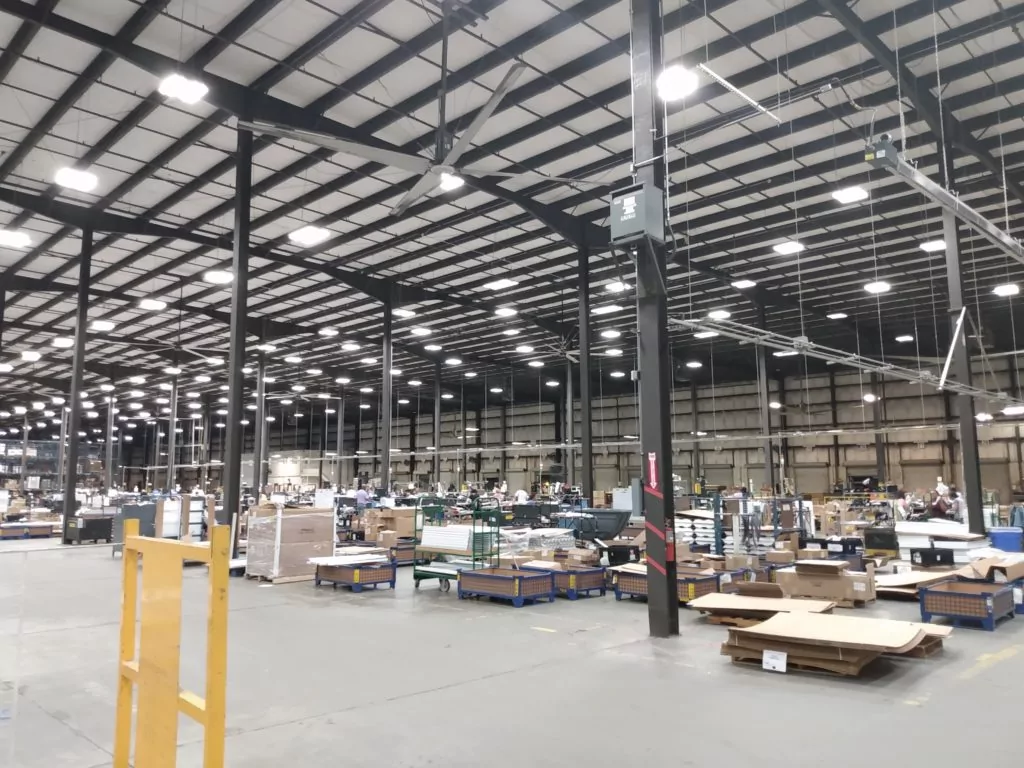
Benefits of Daylight Harvesting
Daylight harvesting offers a number of benefits, including:
- Energy savings: Daylight harvesting can reduce energy consumption by up to 50% in well-lit spaces. This can lead to significant cost savings, as well as a reduction in greenhouse gas emissions.
- Improved occupant comfort: Natural light has been shown to improve occupant comfort and productivity. Daylight harvesting can help to create a more comfortable and productive work environment.
- Enhanced circadian rhythm: Natural light helps to regulate our circadian rhythm, which is our natural sleep-wake cycle. Daylight harvesting can help to improve our sleep quality and overall health.
- Reduced glare: Daylight harvesting can help to reduce glare, which can improve visibility and reduce eye strain.
- Increased safety: Daylight harvesting can help to improve safety by reducing shadows and glare.
How to Implement Daylight Harvesting
There are a few things to consider when implementing daylight harvesting in a building, and of course, experience commissioning these lighting systems is incredibly helpful.
The amount of daylight: The amount of daylight available in a space will determine how much energy can be saved with daylight harvesting. The additional cost of daylight harvesting is more important on a space that has available natural lighting. And there are often incentives from a local energy efficiency utility program – which will not be available if there is not natural light in a space.
The type of building: Daylight harvesting is more effective in buildings with large windows and skylights. It is also important to look at how the building is used. For example, a warehouse or storage space would not make sense for daylight harvesting, even if there is natural light, since the lights are off majority of the time.
The type of lighting: Daylight harvesting systems can be used with a variety of lighting fixtures, including fluorescent, LED, and incandescent lights. However, we recommend our clients only put daylight harvesting on LED fixtures, since fluorescent and incandescent lighting is outdated and hard to maintain and replace.
The cost: The cost of daylight harvesting systems can vary depending on the size and complexity of the system. And again, local utility rebates can play a big part of offsetting the cost. And, something in particular to our Illinois Clean Equity Jobs Act law – utilities can actually claim the savings on daylight sensors and controls over a longer period of time than LED lighting upgrades, which often translates to more money for you in incentives.
The Experience of the Installation Partner: Daylight harvesting and controls is more nuanced than a simple lighting upgrade – and it is important to have a partner than understands it and has experience. Not only does this lead to lower costs, but also a better experience. For example, Verde almost only exclusively buys Indoor Office and Warehouse fixtures that have Interact controls integrated inside of them. This helps us drive down costs of the product, but also allows us to maintain our expertise in this area. Since the technology changes fast, it is important to always have your hands on it.
Installing lights is one thing, but commissioning them with advanced sensors is another. Training and experience are critical in optimizing building tenant satisfaction, as well as energy savings.
What is the Best Way to Add Daylighting Controls to My Building?
It all starts with an energy efficiency assessment, or energy efficiency audit. This is often a free process that brings an expert into your space, and they will inventory all of your existing interior lights. They will look at your heating and cooling systems, your ventilation, refrigeration and compressed air (if you have those), as well as exterior lighting. They are looking and quantifying how your building currently uses energy today.
After getting a baseline of what exists, they will make recommendations and have cost and savings estimates of what new lighting, HVAC, refrigeration and compressed air will be like after upgrades. They will often provide a return on any investment, as well as a payback in how long it will take to recoup any cost. While very few firms can install all of those upgrades, they frequently have partners that can bring their expertise to a project for a turn-key solution.
Retrofits can be more difficult to add daylighting controls, like Tubular (TLED) Type A, B and C retrofits, or magnetic strip lighting retrofits. However, some retrofits, like the Philips Evokits, come with daylight harvesting in all of their products.
Finally, and the best part, they often can help get local utility incentives or rebates to offset the cost. These rebates are paid for through taxes on utility bills, and can reduce the cost of upgrades by up to 75% – even some small parts of a project may not have a cost associated with it.
Does Daylight Harvesting Work on Exterior Lights?
In exterior lights, photocells are often used to turn lights off during the day. Similar to a daylight sensor, a photocell measures when the sun rises and cuts power to a light. It can do this in a slow dimming fashion, or off at a certain point.
These photocells can be on each fixture, or can be on a master sensor that controls a group of lights. Modern systems can also work together, communicating wirelessly and measuring daylight, motion and occupancy, and more. Since exterior lights often are much higher in wattage, this small sensor can be very valuable in long term savings. And maintenance often includes a lift and is expensive, so keeping them dimmed or off when not needed is even more important.
What are the Best LED Fixtures for Daylight Harvesting
We find the best application for daylight harvesting are on LED troffers, like the Philips Evokit, or highbay LED lighting fixtures commonly found in warehouses. Both of these fixtures are ideal because the sensors can be paired in a network, enabling each sensor to be stronger when working as a team. When either of these situations do not have available daylight, the additional cost of daylight harvesting is not a good investment.
Harvesting daylight can typically be done on any fixture, but the application is key and a good analyst can help you decide this cost benefit analysis. For example, we often do LED refrofits in a McDonalds kitchen, where daylight harvesting does not make sense. However, those lights are often controlled at the breaker level, so adding occupancy sensors to each fixture is critical for long term energy savings. Often the same sensor can do both, but it depends on the fixture.
We like the Philips Interact System, because all of the sensors at the same, and you simply need a gateway to add features like scheduling and monitoring hours of usage on a driver. These advanced features do not make sense for all, but the easy commissioning of the daylight harvesting fixtures is critical and is done with a simple phone application.
Conclusion on Daylight Harvesting Sensor
Daylight harvesting is a proven way to reduce energy consumption and improve occupant comfort in buildings. If you are looking for a way to make your building more sustainable and efficient, daylight harvesting is a great option to consider.
In addition to the benefits mentioned above, daylight harvesting can also help to improve the aesthetic appeal of a building. Natural light can create a more inviting and comfortable space, which can be beneficial for both employees and customers.
If you are interested in implementing daylight harvesting in your building, there are a number of resources available to help you get started. The Lighting Controls Association (LCA) has a website with a wealth of information on daylight harvesting, including case studies, technical resources, and a directory of daylight harvesting experts.
The U.S. Department of Energy also offers a number of resources on daylight harvesting, including a guide to designing and installing daylight harvesting systems.
With careful planning and implementation, daylight harvesting can be a win-win for both your building and the environment.
Featured Posts
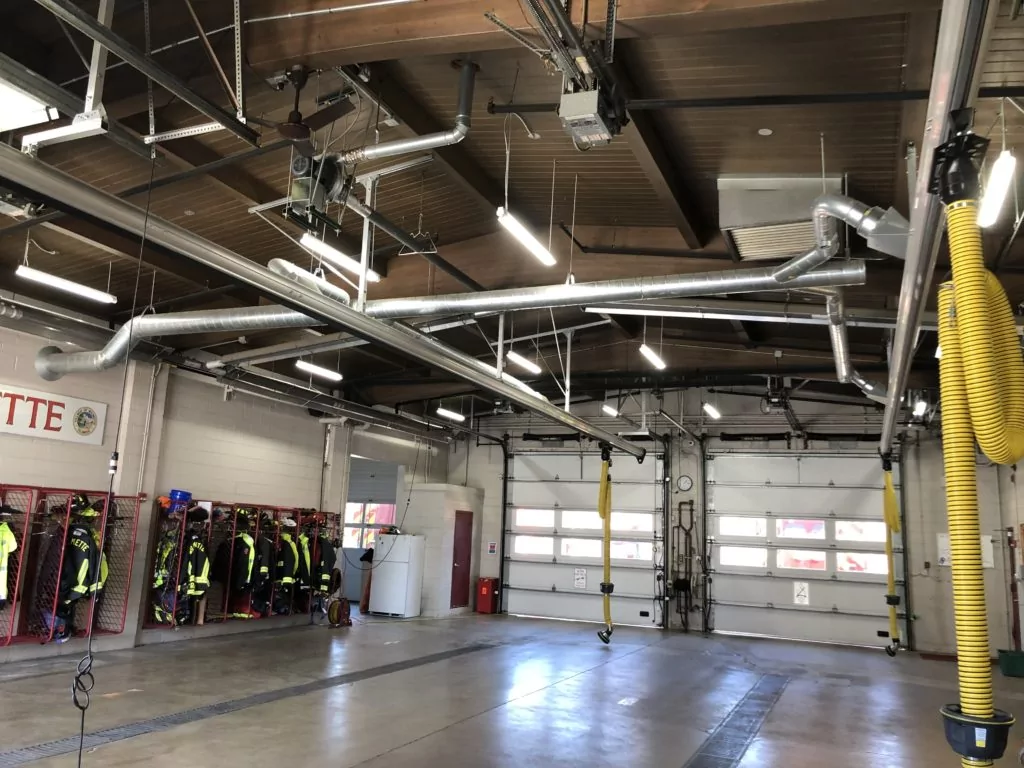
Mar 15 2021
Energy Savings Formula
In 2002, I became a firefighter in the north suburbs of Chicago. I was young and idealistic - loving almost every part of the job. However, I had another secret passion - sustainability. In addition…
Continue Reading >

May 02 2019
Verde Energy Efficiency Experts 10 Most Sustainable Companies in Chicago
In our energy efficiency consulting firm, we constantly look for inspiration from local companies that lead and innovate in clean energy and sustainability. Not all companies have billion dollar budgets, but that doesn’t mean that…
Continue Reading >
Related Articles
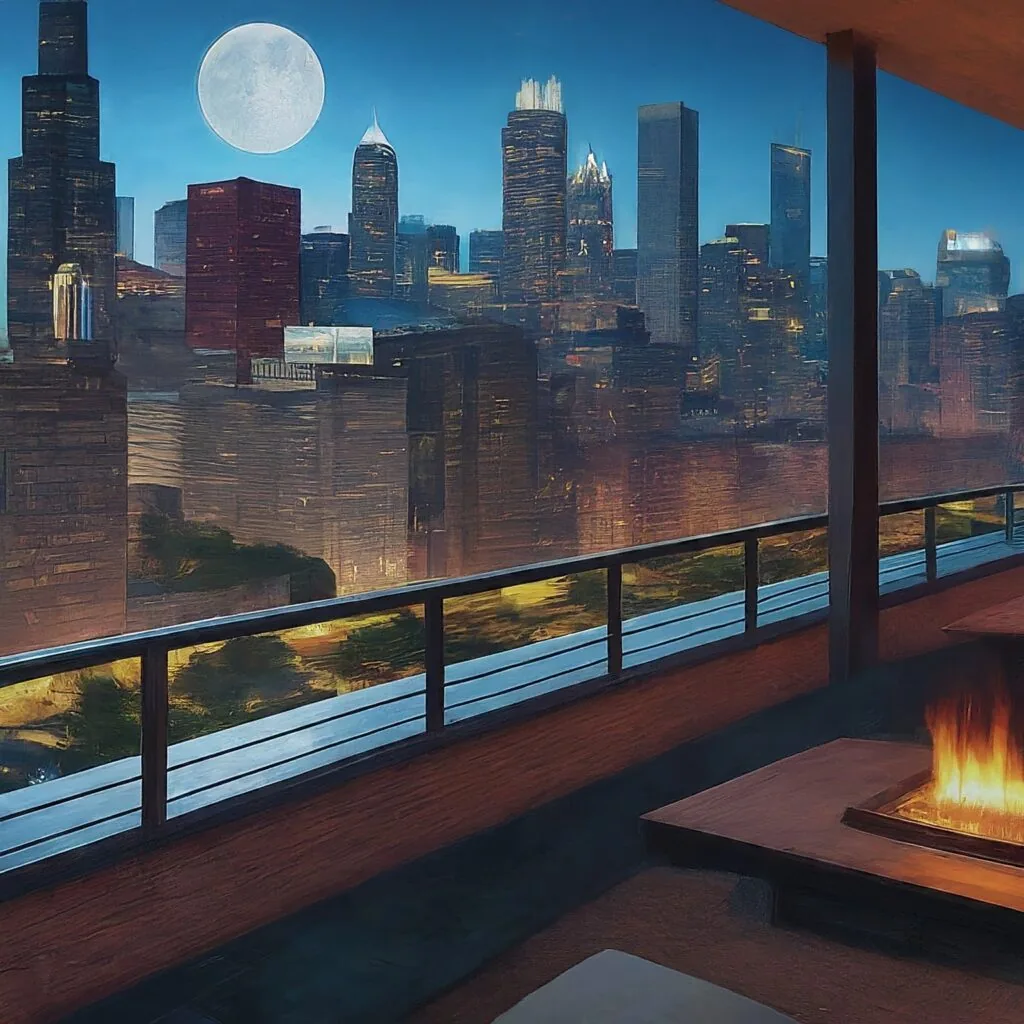
May 30 2024
Energy Efficiency Lighting Systems in Hotels
Lower Energy Cost Hospitality with LED Lighting Systems In today's environmentally conscious world, hotels are increasingly looking for ways to reduce their impact. Energy-efficient lighting systems are a powerful tool in this effort, offering a…
Continue Reading >
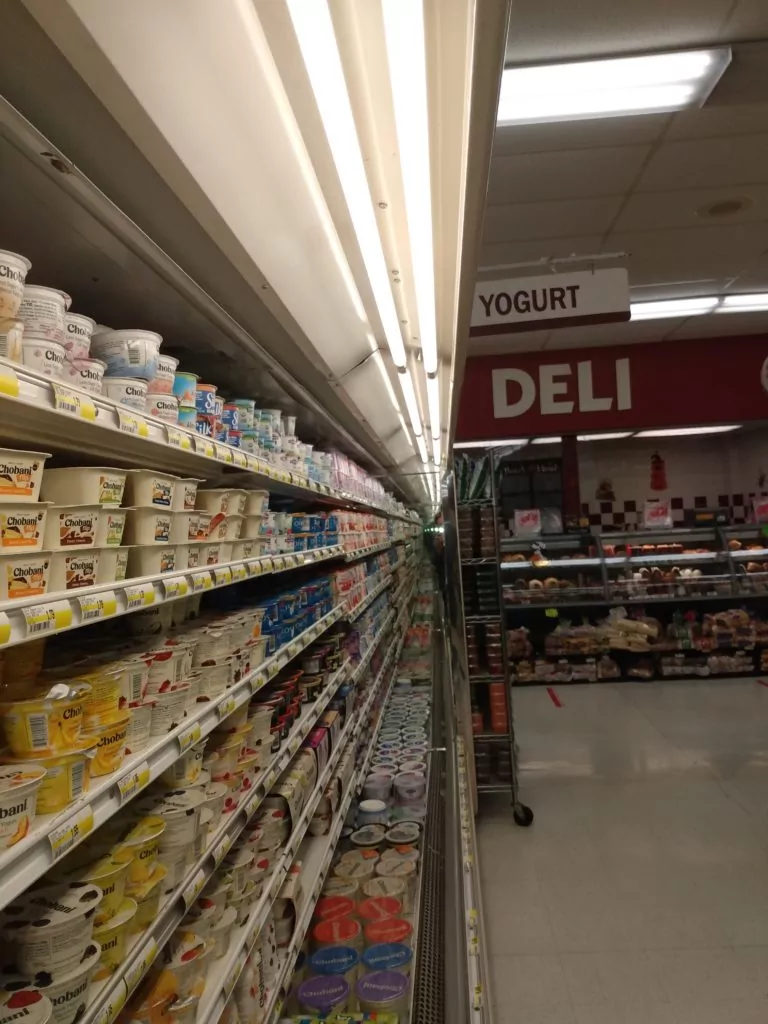
Aug 29 2023
The Importance of Converting to LED Display Case Lighting
Light emitting diode (LED) lighting is quickly becoming the standard for display case lighting. This is due to a number of advantages that LED lights have over traditional lighting technologies, such as incandescent and fluorescent…

